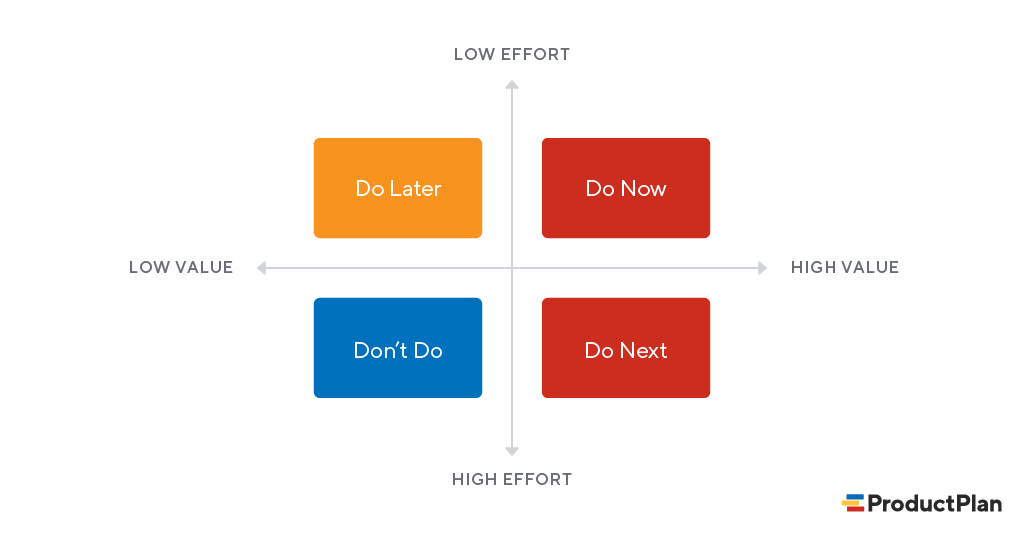- Ops And Ends
- Posts
- A Path to Profitability
A Path to Profitability
How to do more with the same amount of heads
Welcome to Ops and Ends

IYKYK
Operational debt is bleeding 20-30% of your revenue. I help you reclaim it by bringing calm to your chaos.
Every 2 weeks I’ll be dropping a five-minute read filled with insights and actual “how to’s” on managing the chaos that’s going on in your company.
Table of Contents
The Old World vs. The New World
Last time, I talked about operational debt — the silent revenue killer. Inefficient processes, duplication of work, plasters galore, “we’ll fix it later” vibe. You’ve taken the quiz (if you haven’t, I highly suggest to go and take it), and working your way towards cleaning up this debt.
But why has this debt been created in the first place?
Quite some time ago (even though it only feels like a hot minute), “The Old World” (circa 2018), the startup landscape looked different to “The New World” (2025). Let’s take a quick comparison check 👇
Old World (2018) | New World (2025) |
|---|---|
Growth at all costs | Profitability |
Hire more people | More with the same (or less) |
Engineers for automation | Automation everywhere |
Easy to raise VC capital | Different ways in receiving funds |
Effort over output | Output over effort |
🗺️ Old World
Growth at all costs. Startups focussed on rapid scaling, growing at all costs, taking any measure possible even at the expense of profitability.
Hire more people. If we need to grow at all costs, then people is obviously the answer. We need more bodies to do said stuff to grow as quickly as possible.
Engineers for automation. We relied on engineers for automation. You built your own tech, no code wasn’t explored that much. So even if you had areas that you wanted to automate, your best case was to wait for engineering capacity (and good luck with that).
“Easier to raise capital” dare I say, and the sole focus was on VCs (as opposed to other ways to get funds). VCs were abundant, and they were looking for the next big thing, again, even at the expense of profitability.
Working long hours. More hours you put in, the harder you are working. Of course, you were back in the office then, all eyes on you.
🌏 New World
Profitability. Investors want to see a clear path to this, and they think twice on who they invest in. No more FOMO funding.
More with the same or less. Everything has gotten more expensive, and headcount is no different. If you want to step on the journey of profitability, startups are thinking twice on “doubling headcount”.
Automation everywhere. Zapier, Make, Scribe, Airtable, Notion etc. etc. There is an excruciating amount of tools out there. If you are still working on spreadsheets, good for you, but be ready to be in that debt soon. These tools can make you work faster and smarter, and if you aren’t automating, there’s a big gap here.
Different funding paths. Founders are exploring grants and alternative financing first, before approaching VC’s.
Output over effort. It’s not about how many hours you work, it’s about how much you produce. Quantifying that is incredibly important.
Growing at all costs is out — efficiency and profitability are in.
3 Key Levers so you can Start Walking your Path
1️⃣ 2×2 Prioritisation Matrix
Prioritisation is everything. Are your team members working on the most impactful tasks, or are they stuck in a cycle of “busywork”, much like hamsters on a wheel, not making meaningful progress and just being overwhelmed with this “busywork”?
Time to maybe take a step back and reassess. A great framework is the 2×2 prioritisation matrix (illustrated below). Understand which tasks and projects are currently being worked on, and reassess whether they still have the same impact and effort you originally expected. I know, I know… But what about BAU? BAU can always be turned it into project - what would be the value of automating BAU work? 😉

2×2 Prioritisation Matrix
💡 Tip: Don’t get me wrong, it’s really tempting to do the quick wins (Low Effort, High Value) as you can see the results quick, but make time in for the strategic bets (High Effort, High Value), that will create long-term impact.
2️⃣ Process Streamlining
Take a look at your processes (and please ensure you put it in the calendar to look at them periodically!)
Why is this important? Well, what might have worked a year ago might not be the most efficient approach now. Small changes in how you approach tasks can save you time and slowly increase capacity. Maybe your team is doing something that they actually don’t need to do because some other team are doing it and they don’t know? Eek.
💡 Tip: Don’t be afraid to rule out redundant steps. Why are we doing them in the first place?
3️⃣ Tools and Integrations
Zapier, Make, n8n, Airtable Automations—there are tons of tools out there. The key isn’t knowing them all—it’s using them. Let the tools do the heavy lifting so you can focus on what matters.
💡 Tip: Both Zapier and Make have copilots. If you’re unsure where to start, just tell them what you want to automate (e.g., "From a Google Form submission, update a Google Sheet and send me a Slack message"). They’ll map it out for you, you just have to fill in the missing pieces.
A Real Life Example
I want to walk you through how I combined these 3 things in order to create something truly impactful.
I was working with a company that focused on running events, and they brought me in with a key priority: data. Once I started digging deeper to understand the team's challenges, it became clear that the real priority wasn’t data—it was the events department.
This department was the core revenue driver for the business, and its key issue was capacity - could automation be the fastest way to unlock it?
Once I prioritised it, I mapped out the flow. It was a simple google sheet, with step by step process on what they do, how much time and what was manual vs automated.
Here I was able to put into context the “Old World”:
👉 15 Events per Month per 1 Team Member
👉 Each event took 2 hours form start to finish
👉 100% of the steps were manual
There was no room to scale without adding headcount. If we were to add another head, we would increase cost and that would cut into profitability.
With 4 simple tools, focussed on automating the process flow, making sure that it freed up capacity (and bringing them into the “New World”), the impact was huge:
➡️ From 2 hours → 30 minutes per event
➡️ 78% reduction in manual tasks
➡️ 14% increase in overall capacity — without adding headcount
Instead of spending hours on admin work, the team could now focus on creating better and more events, increasing attendance, and driving more revenue.
This is a prime example of why prioritisation matters. Without it, I would have spent time fixing data issues — and missed the real win.
On your Marks
Prioritise. Automate.
Which lever will you pull first?
Who is Penny Penati?
Queue the Big Brother meme: "Who is she?" (And no, I'm not referring to myself in the third person... for now, anyway 😏).
With over a decade of experience in Operations, here's what I bring to the table:
Building and fixing is in my nature
Processes, people and efficiency is how I talk
Continuously zooming in and out of the business is how I work
Always learning and being challenged is my ethos
Automation and tools is where I geek out
I’m here to help other operators and founders build amazing businesses, using the lessons I’ve learned (and the mistakes I’ve made).
🤍 Let me know if you’ve enjoyed this edition, and what other topics you’d love to cover. If you know of anyone that would enjoy this, send them my way!